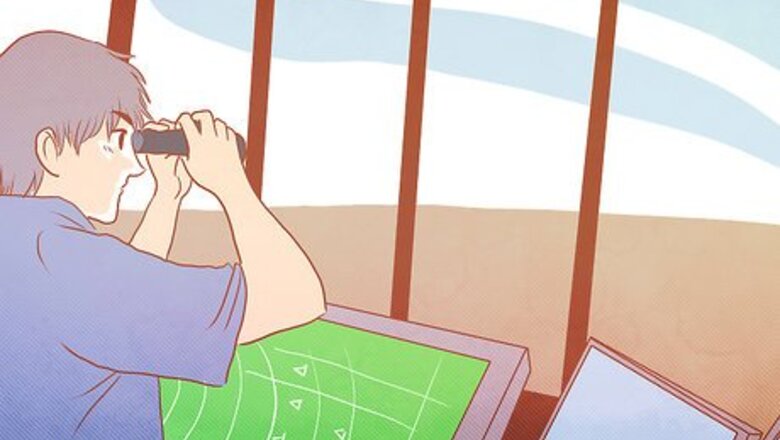
views
Although not as common now as it used to be, you may still encounter a holding request, especially if you are a pilot working on an instrument rating. With that in mind, the following article is written from a private pilot standpoint and (foolishly) assumes you know how to use aircraft navigation equipment such as VORs, DME, and NDBs.
Steps

Determine the Holding Fix. Air Traffic Control (ATC) will give you instructions to "hold north of SKIER intersection as published" or give you specific holding instructions such as "hold south-east of Falcon VOR on Victor 366, left turns." The holding fix can be identified on an instrument flying chart and will usually be an intersection of Victor Airways (pre-established flying routes between VOR navigational aids), a VOR (Very high frequency OmniRange station), or an NDB(NonDirectional Beacon).

Visualize the Holding Course. This is the position in relation to the holding fix that ATC would like you to hold at. They may say "hold west on Victor 8" or "hold on the Kremmling 260° radial." You should be very familiar with VOR and NDB radials and bearings before flying holding patterns.The holding course is the course to fly "to" the station. This will always be the reciprocal of the radial or bearing "from" the station (eg the 260° radial would result in a 080° Holding Course). To quickly identify this, take a piece of paper and put a dot for the Holding Fix and draw a line in the direction of the radial or airway to hold on. Place an arrow pointing to the station to identify the Holding Course.
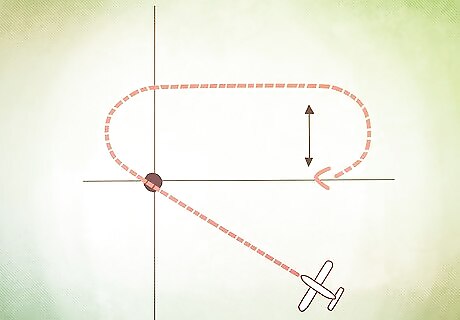
Draw the Holding Pattern. Once you have the Fix and Course, mentally or physically draw a picture of the holding pattern. You will need to determine if it is Standard or Non-standard. A standard pattern turns are to the right, while non-standard turns are to the left. If the pattern is non-standard, it will be published on the chart as left turns or ATC will say "non-standard pattern" or "left turns."Starting at the Holding Fix, draw a 180° turn in the direction specified (left or right), continue the line paralleling the Holding Course, and draw another 180° turn to bring you back to the Holding Course. This is the famous "racetrack" or Holding Pattern.
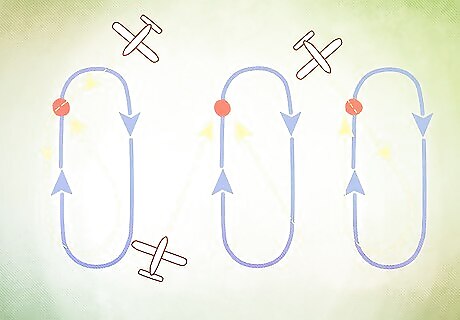
Determine the correct Entry Procedure. Depending on where you enter the holding pattern, you will need to follow an entry procedure. If you are coming from 70° to the left (right for non-standard patterns) of the holding course, use a Teardrop procedure. Coming from 110° to the right (or left if non-standard), use the Parallel procedure. And from the remaining 180°, fly a direct entry. The entry procedures are outlined below: Parallel Procedure. When approaching the holding fix from anywhere within sector (a), turn to a heading to parallel the holding course outbound on the non-holding side for the appropriate time (see step 5), turn in the direction of the holding pattern through more than 180 degrees, and return to the holding fix or intercept the holding course inbound. Teardrop Procedure. When approaching the holding fix from anywhere in sector (b), turn outbound to a heading 30° from the holding course on the holding side for the appropriate time, then turn in the direction of the holding pattern to intercept the inbound holding course. Direct Entry Procedure. When approaching the holding fix from anywhere in sector (c), fly directly to the fix and turn to follow the holding pattern.

Time the legs. The pattern should be flown so the Inbound Leg is one minute long if you are flying at or below 14,000 feet (4,267.2 m) Mean Sea Level (MSL) or one and a half minutes above 14,000 feet (4,267.2 m) MSL. At the holding fix, make a 180° standard rate turn (3°/sec) in the direction specified for the pattern (standard or non-standard). When you are abeam the holding fix (or after rolling out of the turn if you are unable to determine abeam the fix), start timing the outbound leg. After a minute (1½ minutes above 14,000ft), make another 180° turn in the same direction to intercept the holding course. Time the inbound leg until reaching the holding fix. If there is little or no wind, it should be one or 1½ minutes as appropriate. If not, you will need to adjust the outbound leg to make the inbound leg the appropriate time. For example, if you are flying at 12,000 feet (3,657.6 m) and find that it takes 45 seconds to fly the inbound leg after flying outbound for one minute, make your outbound leg 1 minute and 15 seconds next time. Similarly, if the inbound leg comes out as 1 minute 30 seconds, shorten the outbound leg by the extra 30 seconds.Remember not to start timing the outbound leg until you are directly abeam the holding fix.
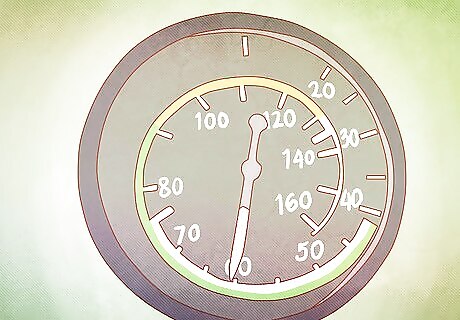
Watch your speed. Unless otherwise depicted on a chart or directed by ATC, maximum holding airspeed between the minimum holding altitude and 6,000 feet (1,828.8 m) is 200 knots indicated airspeed (KIAS). Between 6001 and 14,000 feet (0.0 m), don't fly faster than 230 KIAS and above 14,000 feet (4,267.2 m), maximum airspeed is 265 KIAS.
Wind Corrections
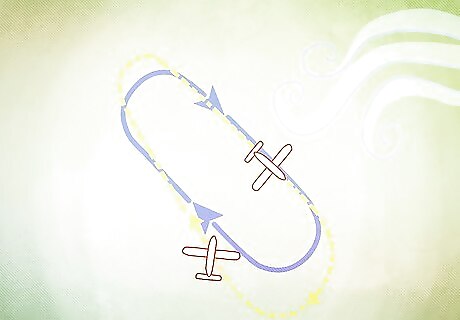
Adjust for wind to make the inbound leg the appropriate time. If the inbound leg is shorter than it should be, lengthen the outbound leg by the difference. If the inbound leg is too long, shorten the outbound leg by the excess time. For example, flying below 14,000 feet (4,267.2 m), if the inbound leg takes one minute, 45 seconds to complete, time the outbound leg for 15 seconds (one minute minus the extra 45 seconds from the inbound leg).
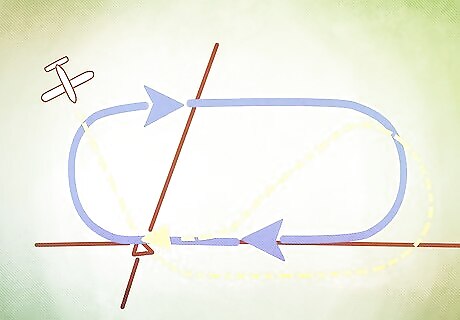
Triple your crosswind correction on the outbound leg. If you have a 10° crosswind correction to hold your track on the inbound leg, fly the outbound leg with 30° correction. Maintain standard rate turns.
DME Holding
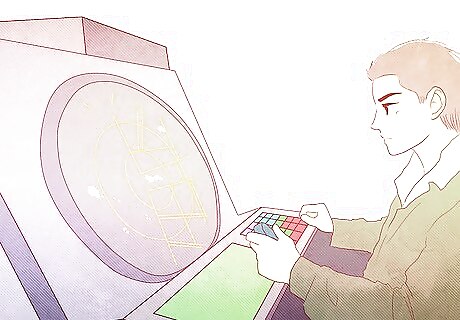
Some holding patterns require the use of Distance Measuring Equipment (DME) or GPS Along-Track Distance (ATD). The basics are the same as above except a DME distance is used as the holding fix.
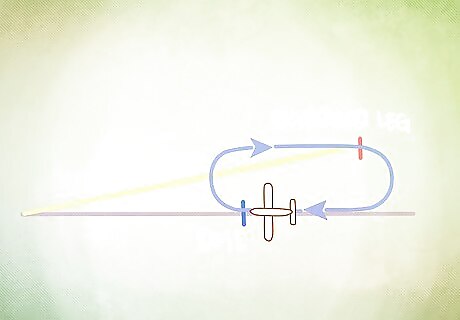
Enter the pattern as appropriate (teardrop, parallel, or direct).
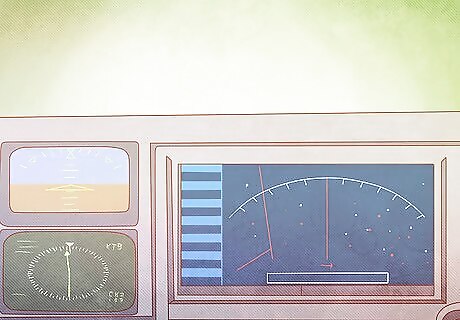
Start the turn to the outbound leg at the specified DME/ATD fix.
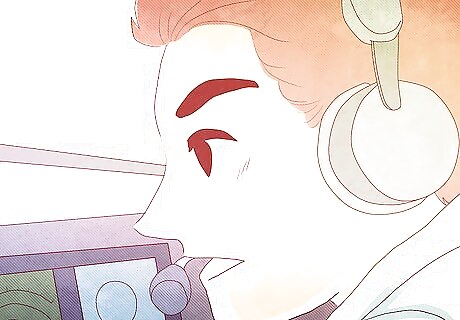
End the outbound leg and turn to the inbound leg at the required distance instead of timing the leg. For example, if you are holding on the 10DME fix to the navaid and flying 5 mile (8.0 km) legs as directed by ATC, you would end the outbound leg at 15 miles (24 km) DME (see diagram above).If you are holding away from the navaid, subtract the length of the legs from the holding fix. For example, if you are holding on the 20DME fix and flying away from the navaid, end your outbound leg at 25DME.




















Comments
0 comment